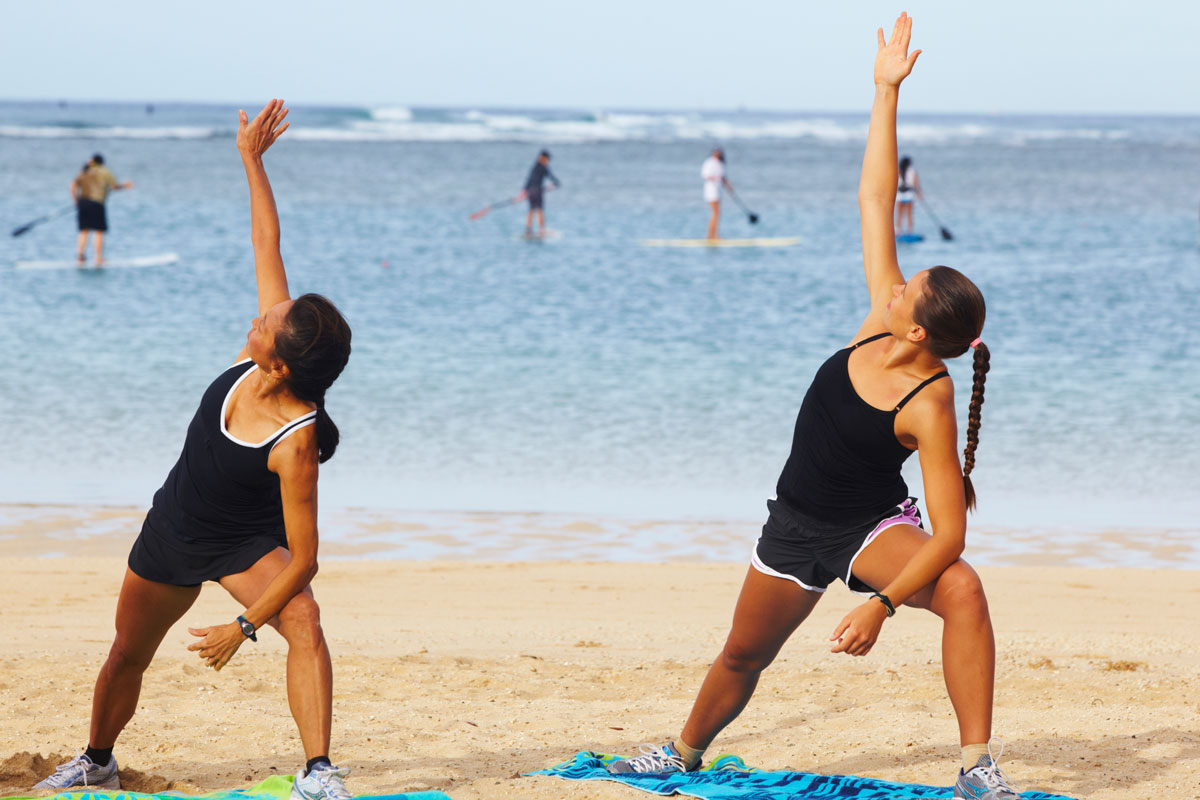
Your Healthy-Brain Fitness Plan
Treadmills, dumbbells, yoga mats – sure, they're tools to train your body.
But evidence is growing that they also may reshape your brain, protecting it against Alzheimer's disease and other types of dementia.
In a study in the journal Neurology, more than 700 older adults wore activity monitors to track their movements. Those who were the most consistently active on a daily basis had about half the risk of developing Alzheimer's disease as those with the least daily activity over four years of follow-up.
Neurologists say exercise increases your brain’s plasticity, or the ability to form new connections between nerve cells.
Exercise also releases a flood of brain-derived neurotrophic factor. This chemical acts like fertilizer for your neurons, helping new brain cells sprout, grow and thrive.
Doctors have yet to pinpoint the best dose of exercise for brain health. However, most studies show the more active participants were, the better.
One good goal: 150 minutes of moderate aerobic activity and two days of strength-training each week. That's what the government recommends for overall health.
For an even more brain-boosting workout:
- Try activities that involve complex mental tasks. Square dancing and pickleball fit the bill.
- Combine exercise with a learning activity. For instance, listen to a foreign language lesson while riding the stationary bike.
- Keep mixing things up with new moves, formats and routes. Your body and mind will get stronger with each new challenge.
- Stay moving throughout the day. Even small motions, such as washing dishes or playing cards, can add up to big physical and cognitive health benefits.
Published on: June 5, 2015




